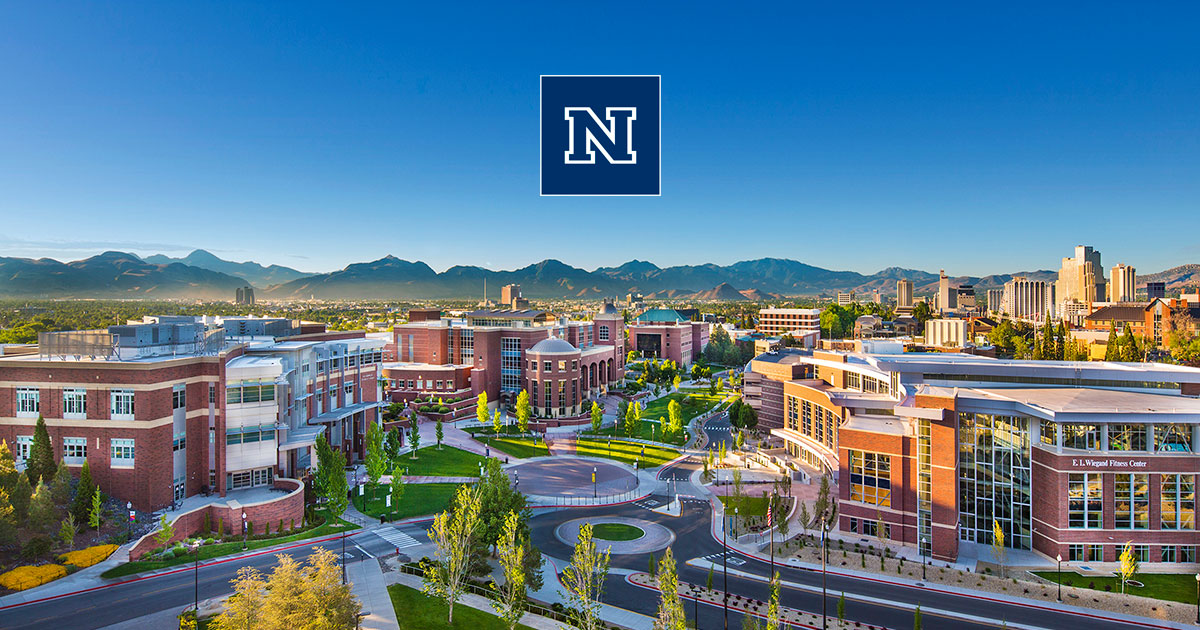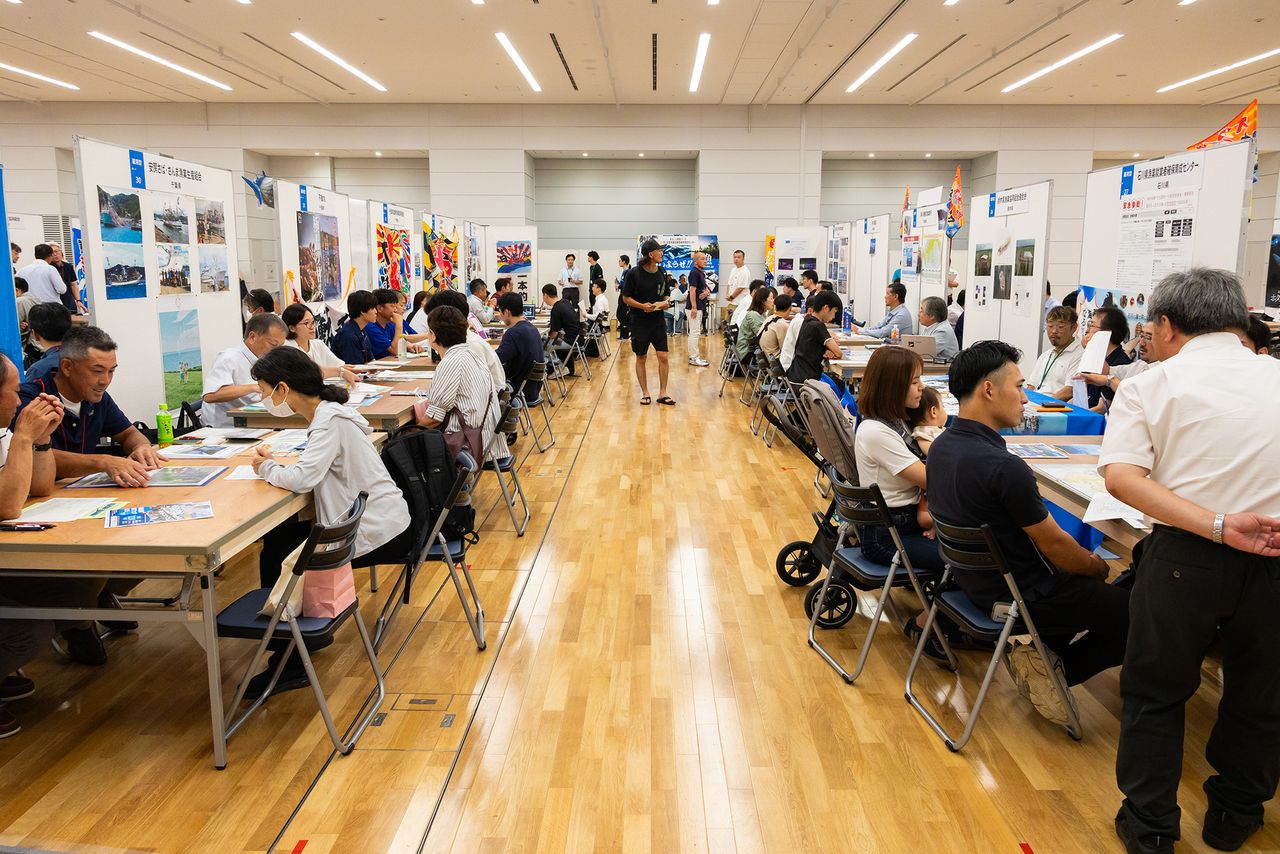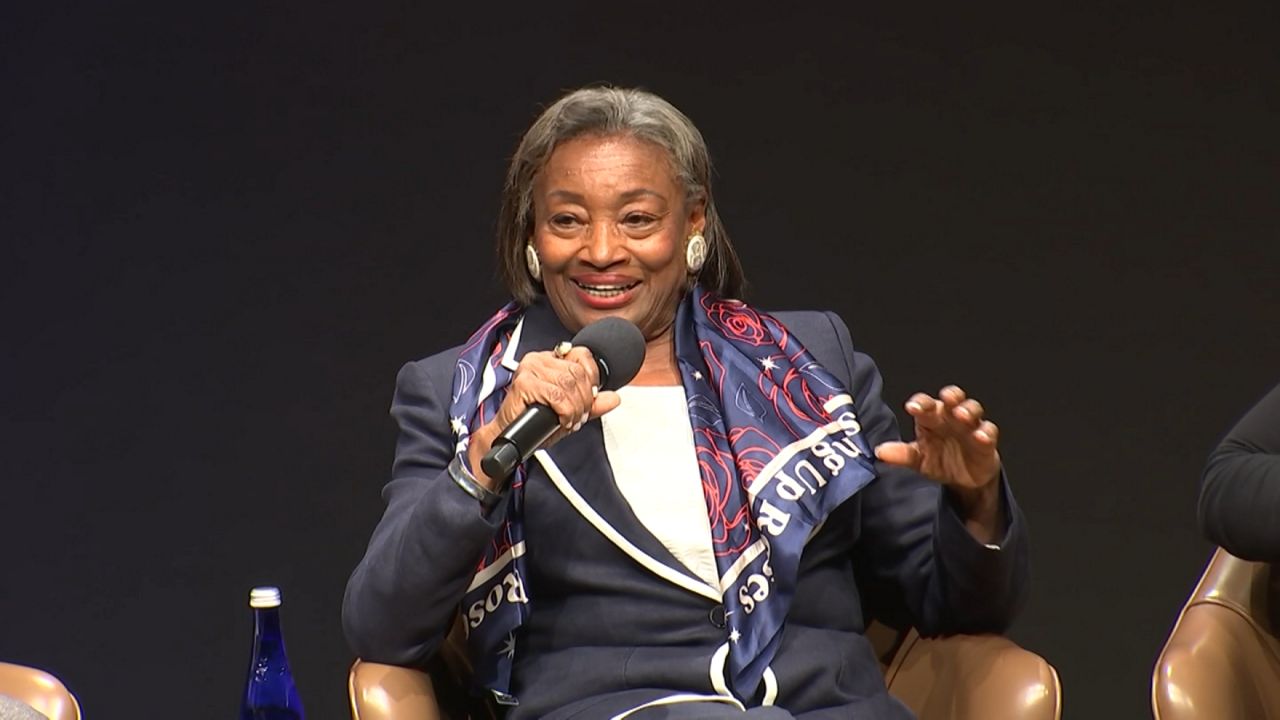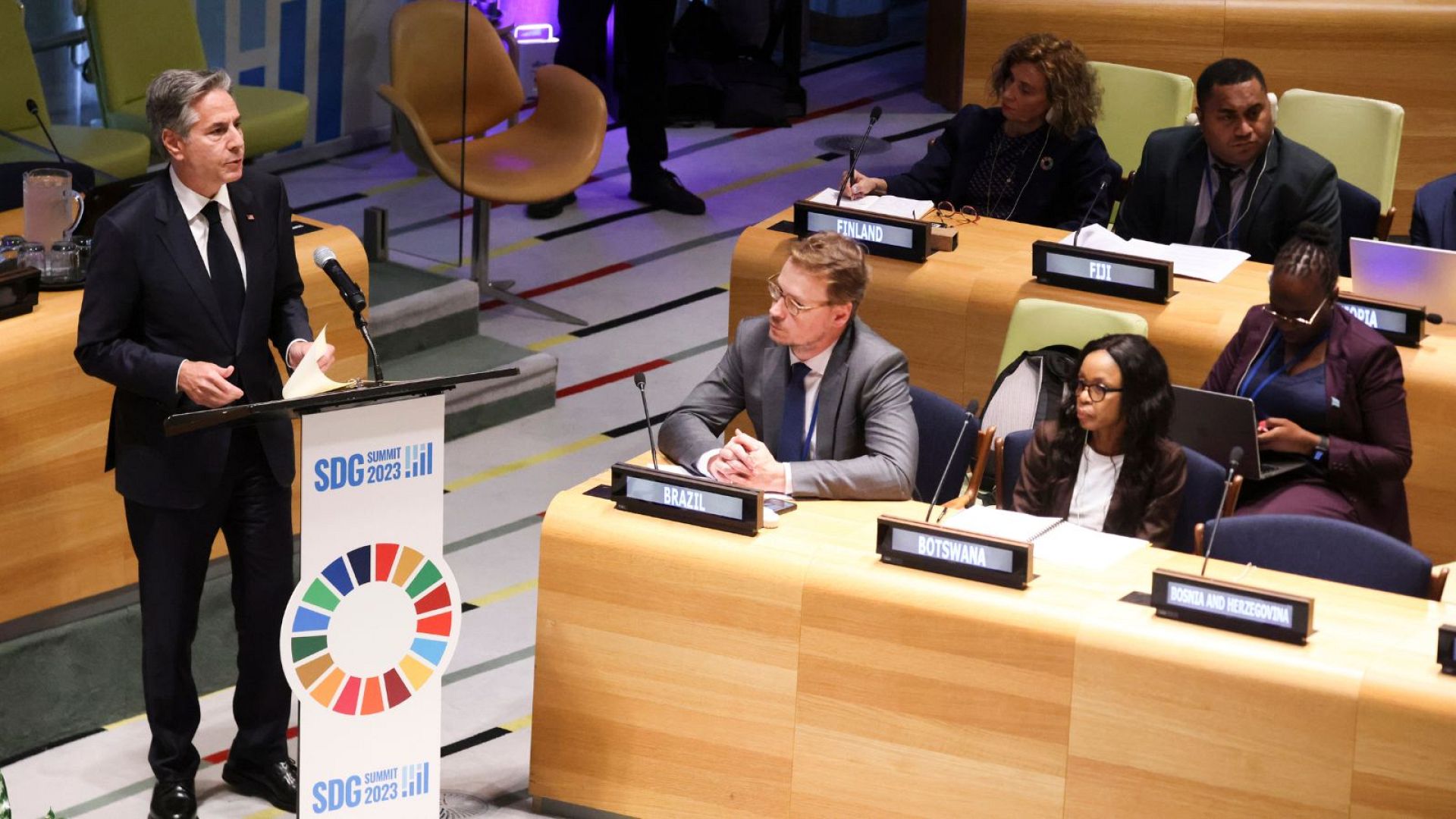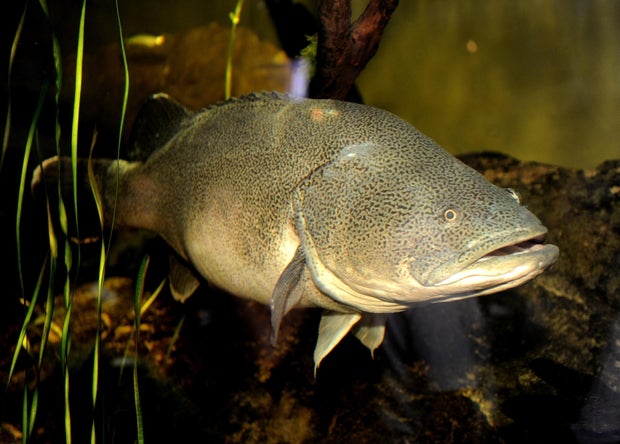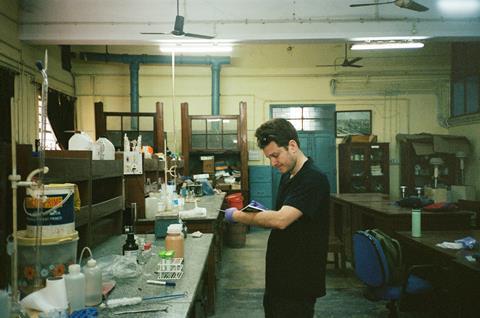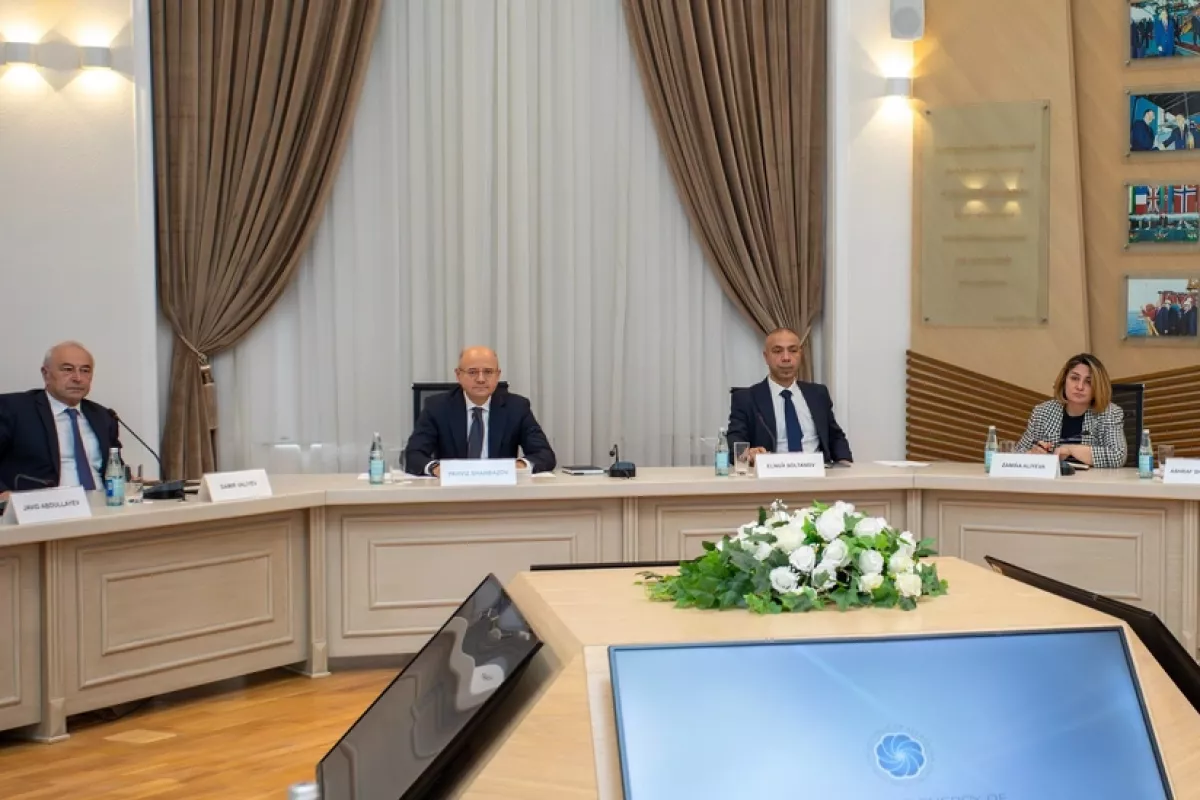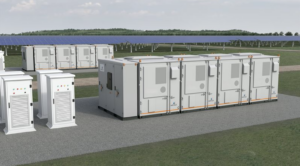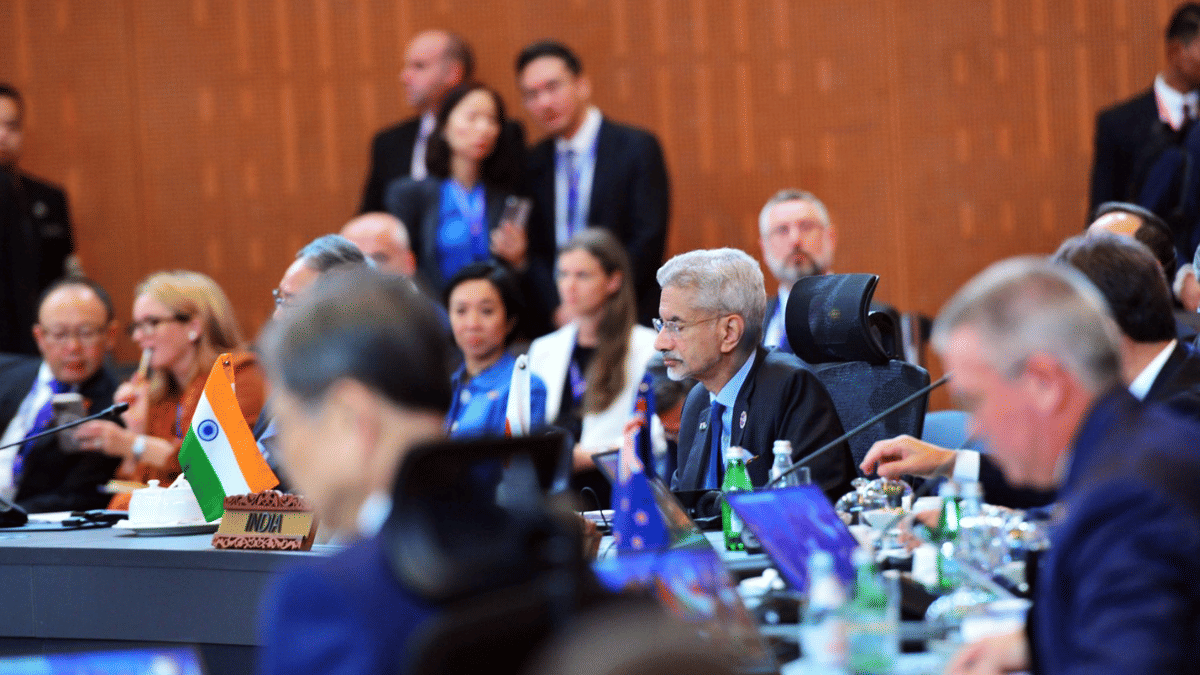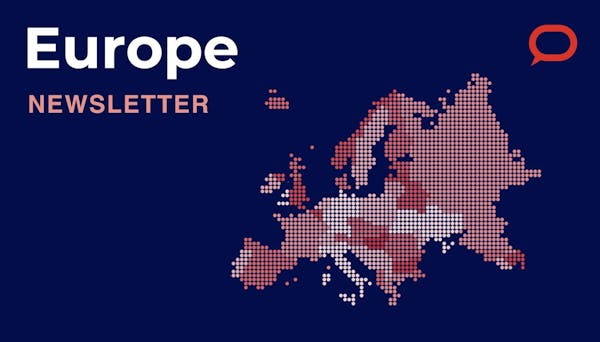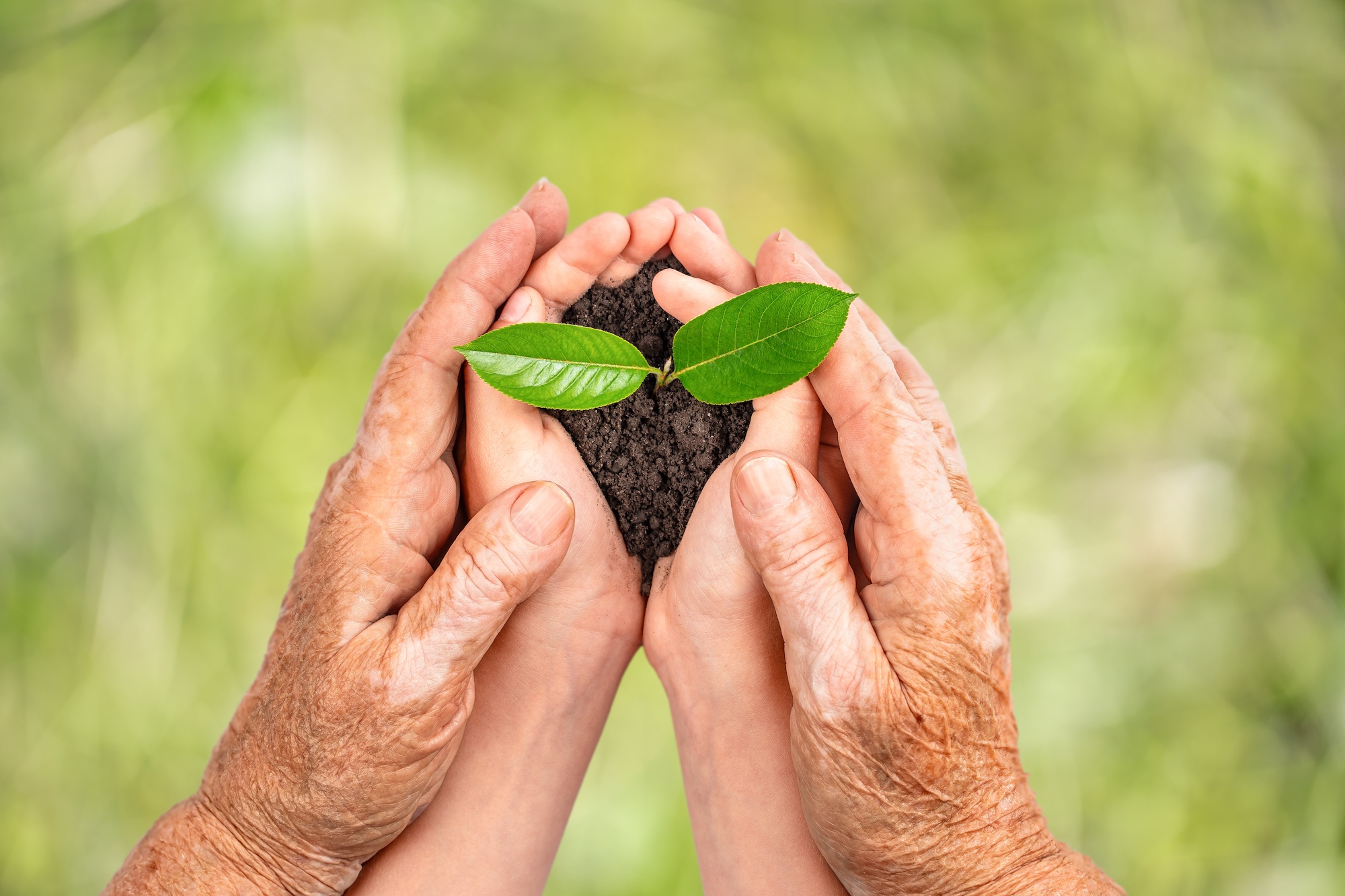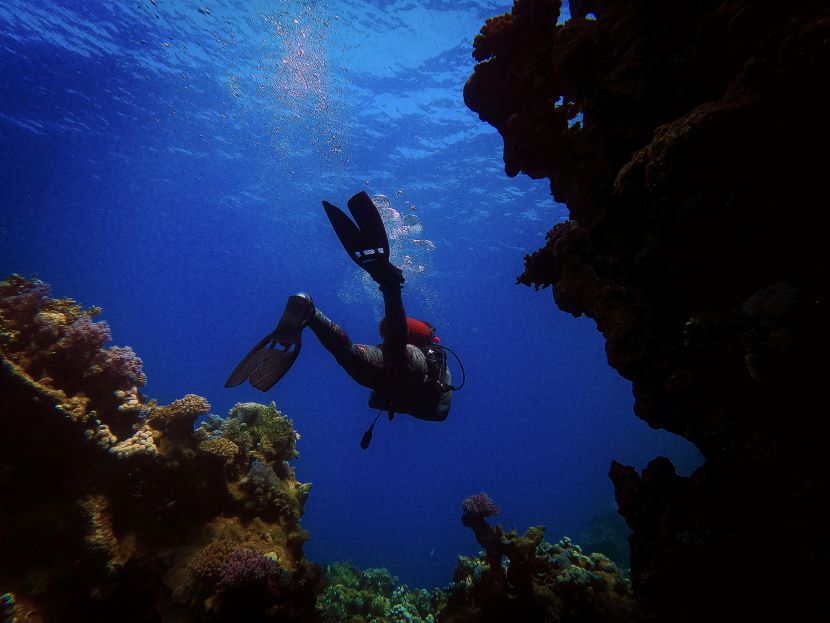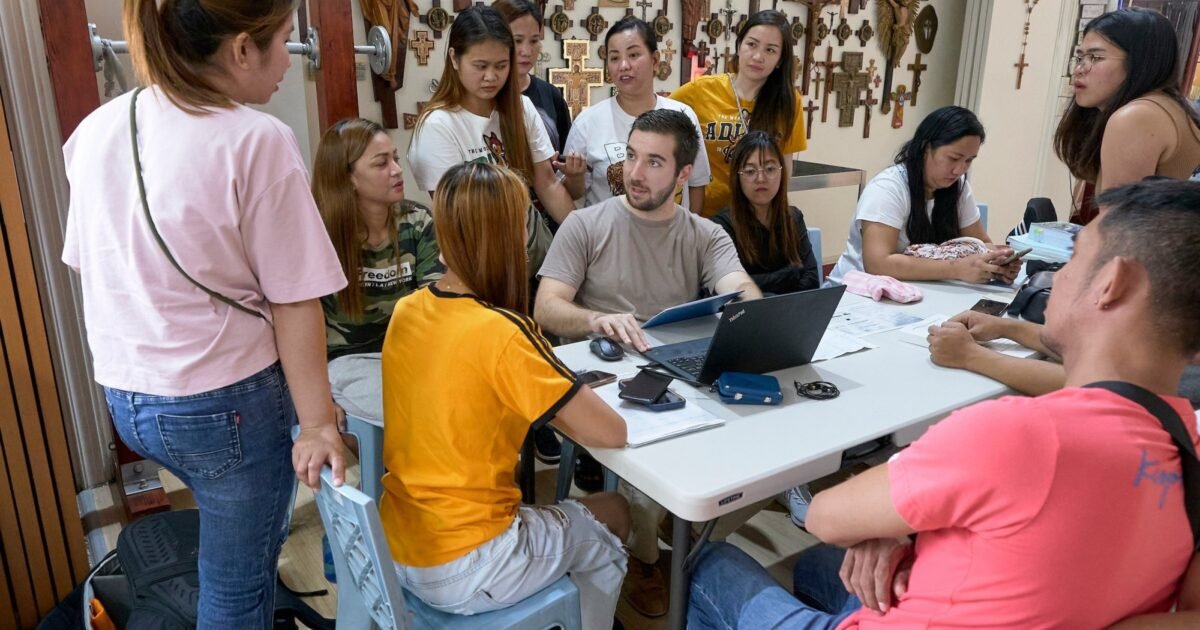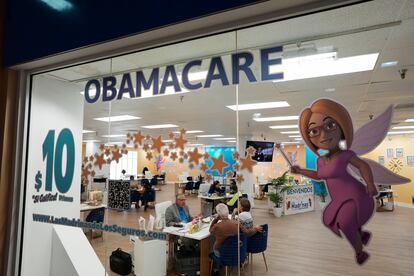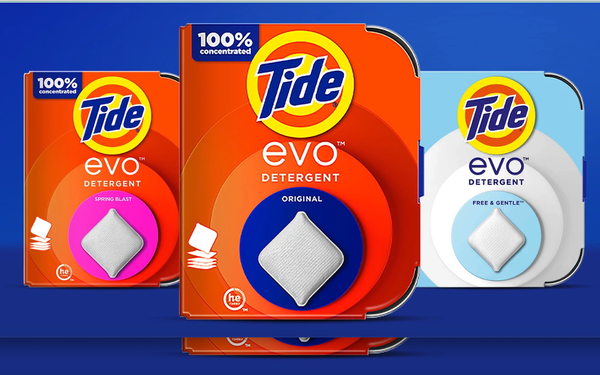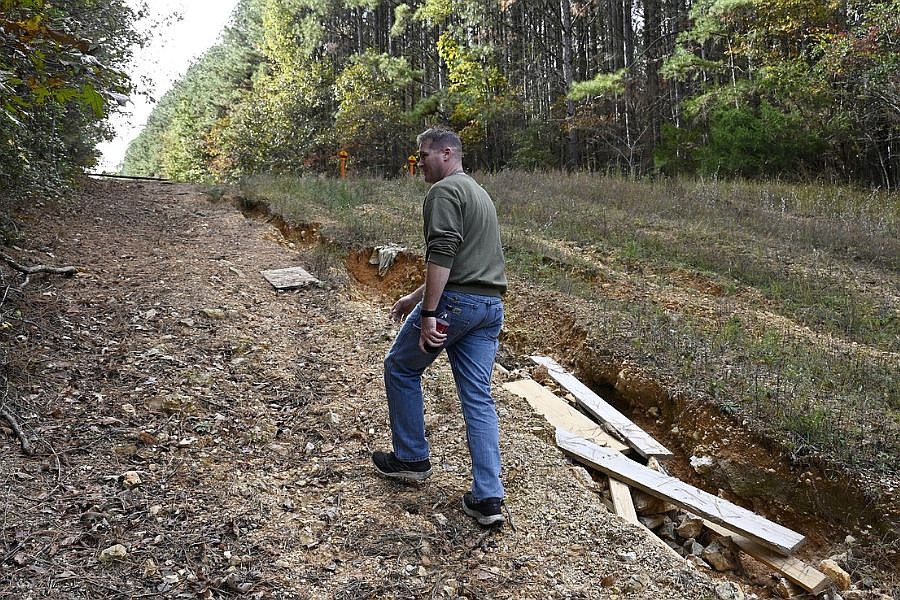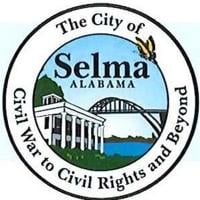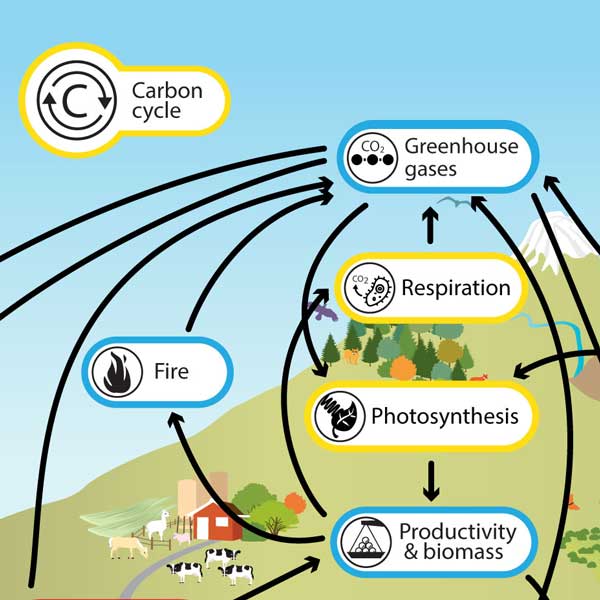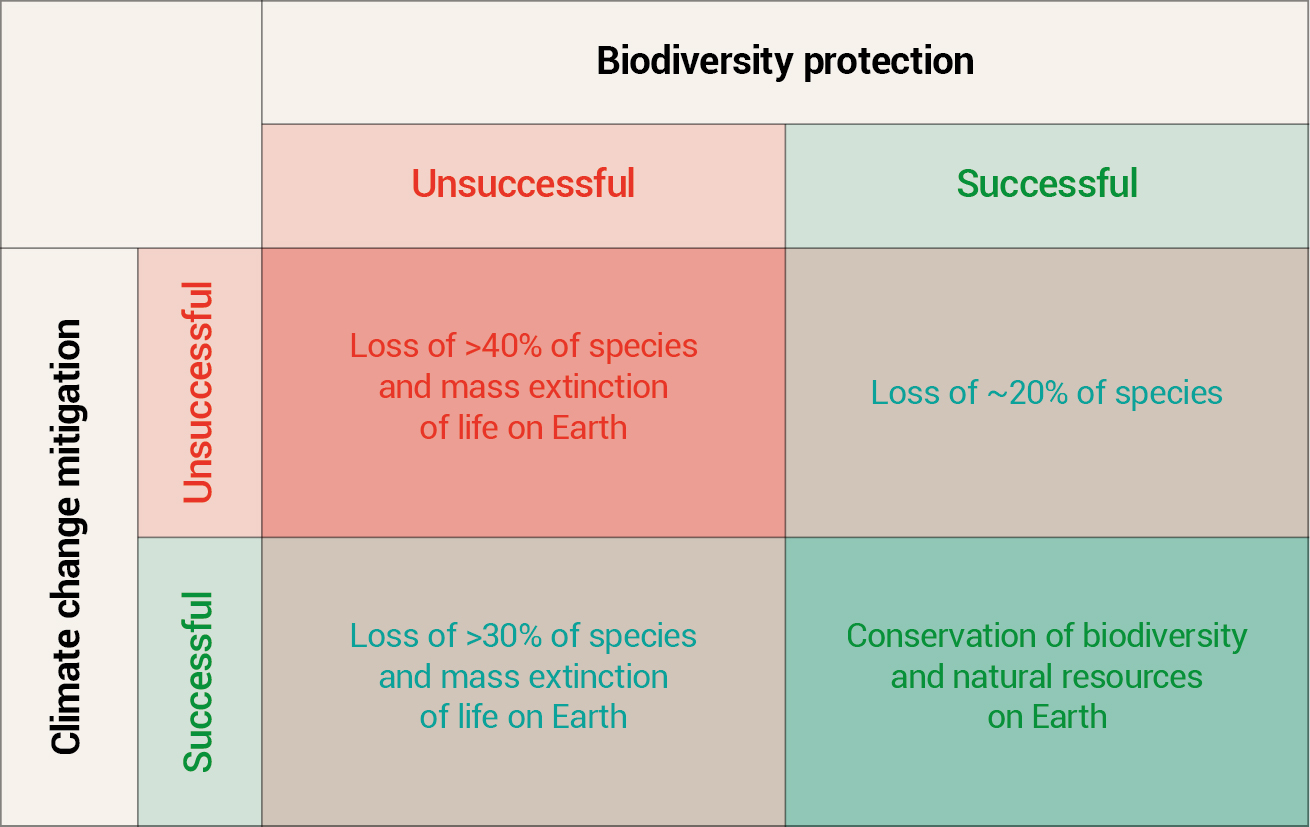iciHaiti – Construction : Monitoring of the Construction Work on the Drinking Water Distribution Network – iciHaiti.com

Project Monitoring Report: Port-au-Prince Drinking Water Distribution Network
1.0 Introduction and Alignment with Sustainable Development Goals
A monitoring visit was conducted on October 24, 2025, to assess the construction of the drinking water distribution network serving the communities of Vivy-Mitchel, Tabarre 52, and Caradeux. This initiative, led by the National Directorate of Drinking Water and Sanitation (DINEPA), is a critical component in advancing Haiti’s commitment to the United Nations Sustainable Development Goals (SDGs), particularly SDG 6: Clean Water and Sanitation. The project directly addresses the target of achieving universal and equitable access to safe and affordable drinking water for all.
The delegation, headed by Engineer Théophil Ostinvil, Director General of DINEPA, included regional directors and technical staff. The visit confirmed that the project, which commenced on July 31, 2025, is progressing in line with its objective to strengthen water infrastructure in the Port-au-Prince Metropolitan Region.
2.0 Project Scope and Impact on Local Communities
The primary objective of this infrastructure project is to provide improved and continuous drinking water service to residents across three municipalities (Pétion-Ville, Delmas, and Tabarre) who have historically lacked regular access. This intervention is fundamental to achieving several interconnected SDGs.
- SDG 6 (Clean Water and Sanitation): The project’s core mission is to provide a reliable water supply, directly contributing to Target 6.1 on universal access to safe drinking water.
- SDG 3 (Good Health and Well-being): By ensuring access to clean water, the project helps reduce the incidence of waterborne diseases, promoting community health.
- SDG 11 (Sustainable Cities and Communities): The provision of essential services like water is a foundational step in making urban areas more inclusive, safe, and resilient.
3.0 Governance, Funding, and Partnerships for the Goals
This project exemplifies SDG 17: Partnerships for the Goals, showcasing a collaborative model for sustainable development.
- Financing: The project is financed by the Inter-American Development Bank (IDB) as part of its support for the Haitian government.
- Implementation: DINEPA is the lead implementing agency, managing the project through its PAP III Program under the supervision of the Regional Office for Drinking Water and Sanitation (OREPA-Ouest).
- Execution: The construction contract was awarded to the IMCO-COTASSA Group, which has demonstrated compliance with established technical and environmental standards.
4.0 DINEPA’s Strategic Vision for Sustainable Service Delivery
This initiative is integrated into DINEPA’s broader strategic vision, which is structured to ensure the long-term sustainability and governance of the water sector, in alignment with global best practices and SDG principles. The three main priorities are:
- Development of the water and sanitation sector to meet national needs.
- Achievement of institutional and financial autonomy for long-term viability.
- Implementation of good governance in public service management to ensure accountability and efficiency.
Analysis of Sustainable Development Goals in the Article
-
Which SDGs are addressed or connected to the issues highlighted in the article?
The article on the construction of a drinking water distribution network in Haiti directly addresses or connects to the following Sustainable Development Goals (SDGs):
- SDG 6: Clean Water and Sanitation: This is the most prominent SDG, as the entire project focuses on providing residents with “improved and continuous” access to drinking water where they previously “lacked regular access.”
- SDG 9: Industry, Innovation, and Infrastructure: The project involves the “construction of the drinking water distribution network,” which is a fundamental development of resilient infrastructure aimed at improving human well-being.
- SDG 16: Peace, Justice and Strong Institutions: The article mentions that “Good governance in public service management” is one of the three main priorities for DINEPA, the national directorate overseeing the project. This points to the goal of building effective and accountable institutions.
- SDG 17: Partnerships for the Goals: The project is a collaborative effort, “financed by the Inter-American Development Bank (IDB), through support provided to the Haitian government,” and implemented by a government agency (DINEPA) with a contract awarded to a private group (IMCO-COTASSA). This highlights a multi-stakeholder partnership.
-
What specific targets under those SDGs can be identified based on the article’s content?
Based on the article’s details, the following specific SDG targets can be identified:
- Target 6.1: “By 2030, achieve universal and equitable access to safe and affordable drinking water for all.” The project’s primary aim is to provide residents of Vivy-Mitchel, Tabarre 52, and Caradeux, who “lacked regular access to drinking water,” with “improved and continuous service.”
- Target 9.1: “Develop quality, reliable, sustainable and resilient infrastructure… to support economic development and human well-being, with a focus on affordable and equitable access for all.” The construction of a new water distribution network is a direct action towards developing quality and reliable infrastructure to ensure equitable access to a basic service.
- Target 16.6: “Develop effective, accountable and transparent institutions at all levels.” DINEPA’s stated commitment to “Good governance in public service management” and ensuring the work complies with “established technical and environmental standards” directly relates to building institutional effectiveness and accountability.
- Target 17.3: “Mobilize additional financial resources for developing countries from multiple sources.” The article explicitly states that the project is “financed by the Inter-American Development Bank (IDB),” which represents the mobilization of financial resources from an international financial institution to support a developing country’s infrastructure project.
-
Are there any indicators mentioned or implied in the article that can be used to measure progress towards the identified targets?
The article implies several indicators that can be used to measure progress:
- For Target 6.1: The implied indicator is the proportion of the population in the specified areas (Vivy-Mitchel, Tabarre 52, and Caradeux) with access to safely managed drinking water services. The success of the project would be measured by the increase in residents who move from having no “regular access” to having “improved and continuous service.”
- For Target 9.1: The physical construction of the network itself serves as an indicator of investment in and development of water infrastructure. Progress can be measured by the completion of the construction project and the number of households or municipalities (Pétion-Ville, Delmas, and Tabarre) connected to the new network.
- For Target 16.6: An indicator is the project’s adherence to established standards. The article notes that the contractor “has, to date, carried out its work in compliance with established technical and environmental standards.” This compliance serves as a measure of accountable and effective project management by the public institution (DINEPA).
- For Target 17.3: The indicator is the volume of financial flow mobilized for the project. While the exact amount is not mentioned, the article clearly identifies the source of the funds as the “Inter-American Development Bank (IDB),” confirming that external financial resources have been successfully mobilized.
SDGs, Targets and Indicators Summary
| SDGs | Targets | Indicators Identified in the Article |
|---|---|---|
| SDG 6: Clean Water and Sanitation | 6.1: Achieve universal and equitable access to safe and affordable drinking water for all. | The number of residents in Vivy-Mitchel, Tabarre 52, and Caradeux gaining “improved and continuous” access to drinking water. |
| SDG 9: Industry, Innovation, and Infrastructure | 9.1: Develop quality, reliable, sustainable and resilient infrastructure. | The construction and completion of the drinking water distribution network in the Port-au-Prince Metropolitan Region. |
| SDG 16: Peace, Justice and Strong Institutions | 16.6: Develop effective, accountable and transparent institutions at all levels. | The project’s execution “in compliance with established technical and environmental standards” and DINEPA’s stated priority of “Good governance in public service management.” |
| SDG 17: Partnerships for the Goals | 17.3: Mobilize additional financial resources for developing countries from multiple sources. | The project is “financed by the Inter-American Development Bank (IDB),” indicating a mobilized financial flow from an international partner to the Haitian government. |
Source: icihaiti.com
What is Your Reaction?
 Like
0
Like
0
 Dislike
0
Dislike
0
 Love
0
Love
0
 Funny
0
Funny
0
 Angry
0
Angry
0
 Sad
0
Sad
0
 Wow
0
Wow
0

